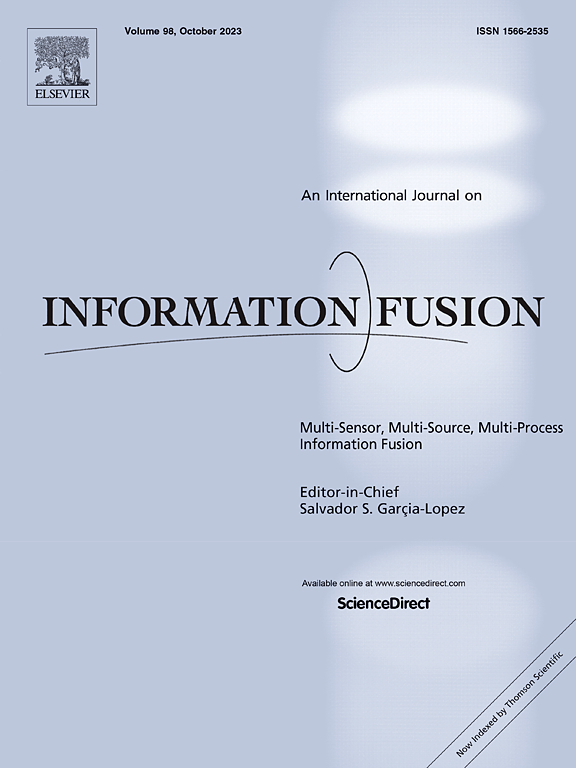MSF-Net: Multi-stage fusion network for emotion recognition from multimodal signals in scalable healthcare
IF 14.7
1区 计算机科学
Q1 COMPUTER SCIENCE, ARTIFICIAL INTELLIGENCE
引用次数: 0
Abstract
Automatic emotion recognition has attracted significant interest in healthcare, thanks to remarkable developments made recently in smart and innovative technologies. A real-time emotion recognition system allows for continuous monitoring, comprehension, and enhancement of the physical entity’s capacities, along with continuing advice for enhancing quality of life and well-being in the context of personalized healthcare. Multimodal emotion recognition presents a significant challenge in terms of efficiently using the diverse modalities present in the data. In this article, we introduce a Multi-Stage Fusion Network (MSF-Net) for emotion recognition capable of extracting multimodal information and achieving significant performances. We propose utilizing the transformer-based structure to extract deep features from facial expressions. We exploited two visual descriptors, local binary pattern and Oriented FAST and Rotated BRIEF, to retrieve the computer vision-based features from the facial videos. A feature-level fusion network integrates the extraction of features from these modules, directing the output into the triplet attention technique. This module employs a three-branch architecture to compute attention weights to capture cross-dimensional interactions efficiently. The temporal dependencies in physiological signals are modeled by a Bi-directional Gated Recurrent Unit (Bi-GRU) in forward and backward directions at each time step. Lastly, the output feature representations from the triplet attention module and the extracted high-level patterns from Bi-GRU are fused and fed into the classification module to recognize emotion. The extensive experimental evaluations revealed that the proposed MSF-Net outperformed the state-of-the-art approaches on two popular datasets, BioVid Emo DB and MGEED. Finally, we tested the proposed MSF-Net in the Internet of Things environment to facilitate real-world scalable smart healthcare application.
求助全文
约1分钟内获得全文
求助全文
来源期刊

Information Fusion
工程技术-计算机:理论方法
CiteScore
33.20
自引率
4.30%
发文量
161
审稿时长
7.9 months
期刊介绍:
Information Fusion serves as a central platform for showcasing advancements in multi-sensor, multi-source, multi-process information fusion, fostering collaboration among diverse disciplines driving its progress. It is the leading outlet for sharing research and development in this field, focusing on architectures, algorithms, and applications. Papers dealing with fundamental theoretical analyses as well as those demonstrating their application to real-world problems will be welcome.
 求助内容:
求助内容: 应助结果提醒方式:
应助结果提醒方式:


